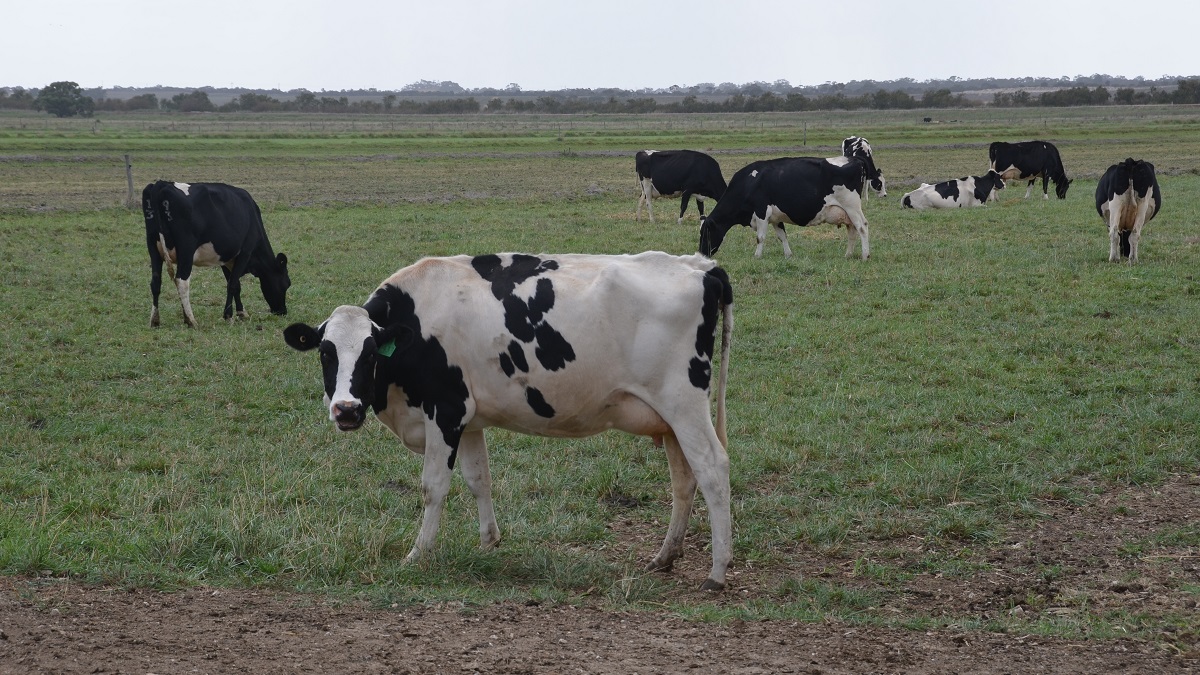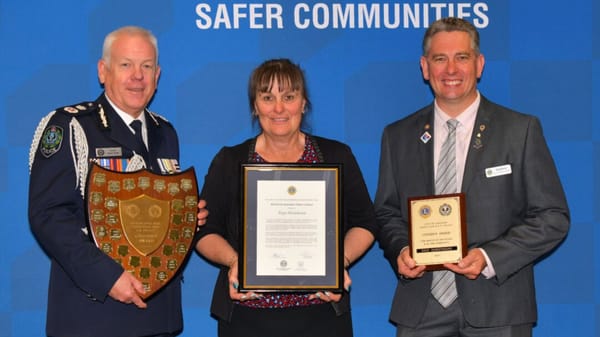River Murray irrigators still feel governments aren't listening
Which is more helpful during this flood recovery period: a lifetime of on-ground experience or an engineering degree?

Locals support locals – that’s why this post advocating for local people is free to read. Your support helps Murray Bridge News tell important local stories. Subscribe today.

As president of the Mypolonga Progress Association, Steve Hein knows how much the little River Murray community has to offer.
This Sunday, locals will celebrate being named South Australia’s agricultural town of the year, an award won off the back of their ingenuity and problem-solving ability.
But when it comes to flood prevention and recovery, irrigators there – and their counterparts up and down the Lower Murray – feel their expertise has been disregarded.
Here’s how they say things are going along the river, and how they could improve.
How is the recovery going on the Lower Murray’s floodplains?
As of last Friday, state government agencies had de-watered five Lower Murray irrigation areas since the summer’s floods, according to the Department for Environment and Water.
Pumping was continuing on another 11 floodplains, and levee stabilisation works were beginning.
Only six irrigation areas – Pompoota, Mobilong, Glen Lossie, Toora, Yiddinga and Wellington – remained connected to the river.
Levee faults have continued to be a problem, including at Mypolonga just before Easter and Long Flat this week.
Some producers at Mypolonga and Wall Flat have been able to sow on the highest, driest parts of the floodplain; but others at the northern end are still underwater.
Even after the water was pumped off, the dozen or so beef and dairy producers in the area would need to grow pasture, treat weeds, dredge channels and repair fencing, pipes and troughs before they could shift livestock back onto their properties.
They would also need to be convinced that the risk of flooding had passed, Mr Hein said.
“There’s some trepidation about what this year might bring, because up the river the storages are so full,” he said.
“When it rains, it’s got to come down the hill somewhere.
“People don’t really believe they’re out of the woods.”
It was possible that not all of the swamps would be grazed again, he said; some landowners were looking at other options, including summer crops.
Where farmers have led, governments have followed
But Mr Hein said the work achieved so far had only come about as a result of farmers’ demands.
For example, he suggested the government had only procured pumps to de-water the floodplains after a Wall Flat producer had googled “pump hire” and shown them how easy it would be.
“Only when that was presented at a meeting in Murray Bridge was when action started to happen,” Mr Hein said.
“Like almost everything along the Lower Murray, it has been driven by farmers and the community.
“The government has responded, but the levee at Mypo was (built) because the progress association pushed for it, and the closure of breaches was driven by the (irrigation) trusts.”



Jervois dairy producer Kate Bartlett said the situation had been similar ahead of the flood peak.
“Farmers were looked down on, as if they had no knowledge of what was going to happen,” she said.
Murray Bridge News has been told of instances where locals who wanted to save their farms by strengthening levee banks were turned away because they lacked the proper credentials; or where those who had done the work themselves had been threatened with legal action for interfering with government infrastructure.
Irrigators in places like Wall Flat and Swanport reportedly predicted which sections of levee would break or be over-topped, only to be ignored by engineers from outside the region – and then proven right when the flood peak arrived.
A Jervois landowner offered to store sandbags in a disused quarry, where it would be easy for everyone to access them, but word never got around the relevant department.
Do you know more about this story? Email peri@murraybridge.news or call 0419 827 124.
In some instances, government agencies and contractors have responded to locals’ needs quickly and effectively.
Contractors were expected to strengthen the Long Flat levee today after a temporary fix began to fail, threatening the farms behind it.
Local irrigator Joanne Pfeiffer credited DEW for swinging into action in a timely way.
But Ms Bartlett said community members’ support for one another had proven stronger still, as it did when the Woods Point levee threatened to break on January 14.

“To see cars coming out of all the houses and going towards Woods Point, even the CFS truck with lights and everything, was just amazing,” she said.
“Everyone was just saying ‘head to Woods Point’.
“It was two days after that that the department decided to send us some sandbags, two or three truckloads – way afterwards.”
She credited members of the Jervois irrigation trust for putting in so much time and effort into organising meetings and advocating for locals.
In the end, both the Woods Point and Jervois levees had held; the Bartletts and other farmers there were now fertilising, planting and looking towards the next season.

Recovery processes draw criticism
Throughout the flood recovery, the most visible state and federal government efforts have focused on affected homeowners and tourism operators rather than floodplain irrigators.
For example, since the flood peaked at Murray Bridge on January 9, the state government has issued 25 media releases about relief and recovery efforts; six have focused on tourism, five on environmental impacts, four on support for homeowners and just two on support for farmers – one of which was about a charity soccer match in Adelaide.
Communication issues have continued to present a problem.
Prior to March 28, there was no coordinated, regional discussion about flood recovery for Lower Murray irrigators.
Instead, the state government had held 27 parallel discussions with representatives of each irrigation area.
The power imbalance in those discussions had rendered the irrigation trusts “powerless”, and left irrigators frustrated and stressed, Mr Hein said.
A recovery committee has since been formed, with representatives from each trust, the broader community and five state government agencies.

It most recently met in Murray Bridge last Wednesday; on the agenda were updates on levee works and de-watering, support available, and early discussions about the future of the Lower Murray’s levees.
But the people Murray Bridge News spoke to described the meetings as overdue, disappointing, and “a bulls*** session” where “people pat themselves on the back”.
State government staff on the ground were eager to listen and to help, Ms Bartlett said; but were hamstrung in some cases by a lack of autonomy from decision-makers at higher levels.
Spotlight will fall on levee management
Both Mr Hein and Ms Bartlett hoped that the experience of the 2022-23 floods would change the way governments dealt with future disasters along the River Murray.
“Hopefully there’ll be solid, strong, robust discussions following the recovery from the flood … about whatever normal is going to be going forward,” Mr Hein said.
“There need to be discussions about levee management, and about authorities listening to experienced locals in the area.”
Ms Bartlett hoped the levees would be rebuilt higher, to 1931 flood levels, to protect the farms which relied upon them and the schools, football clubs and communities which depended on the income they generated.
“What’s been done in the past needs to be remembered, but we need to move forward,” Ms Bartlett said.
“You don’t need an engineering degree to understand what’s a good levee and what’s not.
“People who have lived through the drought and know the area sometimes know more than people with a piece of paper.”

- More information: Visit www.environment.sa.gov.au or pir.sa.gov.au.
- Get help: Visit the recovery centre at 28 Bridge Street, Murray Bridge between 9am and 5pm on weekdays, or www.recovery.sa.gov.au.
Locals support locals. Your support helps Murray Bridge News tell important local stories.





